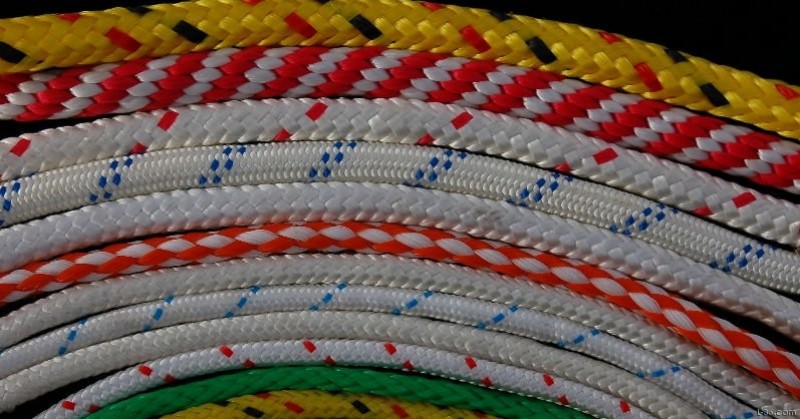How to Clean Line

When it comes to maintaining lines, running rigging, ropes and sails, using the right cleaner takes a backseat to using the right cleaning method. Properly maintaining ropes and sails will extend their lives for years, but using the wrong cleaning procedure can weaken their fibers and cause irreparable damage, shortening their lifespan.
In search of definitive guidance on rope cleaning, we turned first to manufacturers for advice. Although the advice varied in some details, all agreed on the following points.
- Wash only with a very mild detergent. For relatively new ropes, this means something like Woolite or a half-dose of a modern laundry detergent. For the first few years, ropes still contain thread coatings and lubricants from the factory that provide an easy hand, as well as offer some protection from UV radiation, abrasion, and water absorption. Washing a new rope in a cleaner touted as a degreaser will harm this protective coating. After several years, when these lubricants have clearly been washed away by rain and worn off by normal use, ordinary laundry detergents at ordinary doses are acceptable.
- Wash on the gentlest cycle. The rope should be tightly coiled or tied in a daisy-chain, and then place inside a pillowcase. Without coiling or daisy-chaining, a rope can turn into an impressive tangle. The pillowcase further restricts the motion of the rope and prevents the rope from wrapping around the central agitator.
- Avoid contact with acids, bases, and solvents. Both polyester and nylon (polyamide) are vulnerable to certain chemicals, so manufacturers broadly warn against using them.
- Fabric softener at recommended doses is approved.
- Power washing is not recommended. While it can be an effective method for cleaning marine growth from mooring pendants and dock lines, a power washer in the hands of an inexperienced operator can do significant damage.
- Bleach is not recommended by any manufacturer in any quantity.
- Hot water is not a problem. Nylon and polyester are undamaged at normal water-heater temperatures (120 to 135 degrees).
- Don't dry with heat. The rope should be flaked loosely on the floor and left to dry.
NOTICE: Some pages have affiliate links to Amazon. As an Amazon Associate, I earn from qualifying purchases. Please read website Cookie, Privacy, and Disclamers by clicking HERE. To contact me click HERE. For my YouTube page click HERE